Search Images
Browse Content (p. 246)
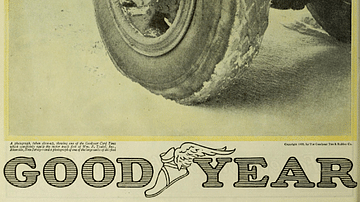
Image
Goodyear Vulcanised Rubber
An advertisement for Goodyear rubber tyres from 1920. Vulcanised rubber was invented by Charles Goodyear (1800-60) in the United States in 1839 and patented in 1844. Rubber had long been used for its flexibility and softness but Goodyear...
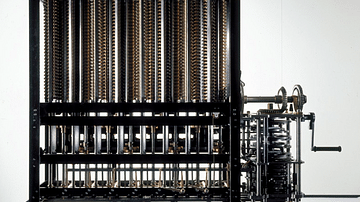
Image
Difference Engine
The Difference Engine was invented by the Englishman Charles Babbage (1791-1871) in 1822. This example is a modern model of Babbage's Mark II, designed c. 1848. Like most other inventions of the Industrial Revolution, Babbage built on the...
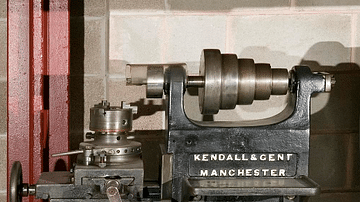
Image
Milling Machine
The milling machine was once thought to have been invented by Eli Whitney (already famous for his cotton gin) c. 1818, but as with many other inventions of the Industrial Revolution, the truth may be more complex regarding who invented what...
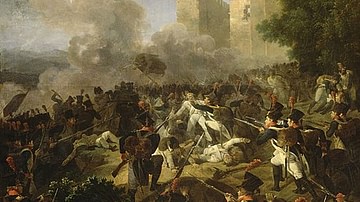
Image
Battle of Millesimo
Battle of Millesimo (13 April 1796) during the first weeks of Napoleon's Italian campaign, painting by Nicolas-Antoine Taunay, 1812.
Palace of Versailles.
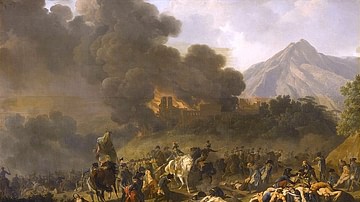
Image
General Bonaparte Accepting Prisoners in the Italian Campaign, 1797
Taking prisoners in Napoleon's Italian Campaign, 1797, oil on canvas by Nicolas-Antoine Taunay, c. 1801-1824.
Palace of Versailles.
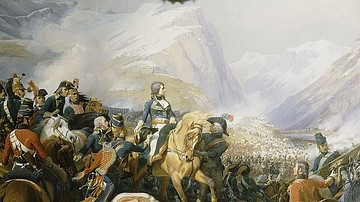
Image
Napoleon at the Battle of Rivoli
Napoleon Bonaparte at the Battle of Rivoli (14 January 1797) during Napoleon's Italian Campaign, oil on canvas by Henri Félix Emmanuel Philippoteaux, 1844.
Palace of Versailles.

Image
Papermaking Machine
As with many inventions during the Industrial Revolution, the papermaking machine was something of a collaborative affair. This model is of one of the early machines developed by the Frenchman Nicholas Louis Robert (1761-1828) in 1799. The...
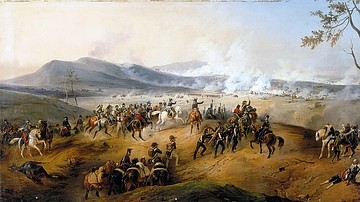
Image
Battle of Castiglione
Battle of Castiglione, 5 August 1796, during Napoleon's Italian Campaign, oil on canvas by Victor Adam, 1836.
Palace of Versailles.
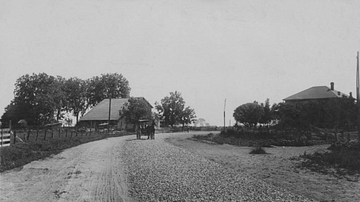
Image
Macadamised Road
A photograph of a macadamised road taken in the 1850s. The macadamised road, that is, a hard and relatively smooth road surface made using two layers of stones (one aggregate layer and a top layer of very small stones), was first made on...
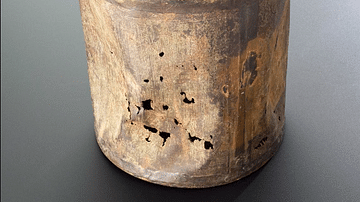
Image
Donkin Tin Can
A Donkin tin can. The commercially viable tin can that preserved food was invented in 1811 by Bryan Donkin (1768-1855). Donkin built on the ideas of others to perfect a cheap and safe canning process. The idea was that soldiers, mariners...